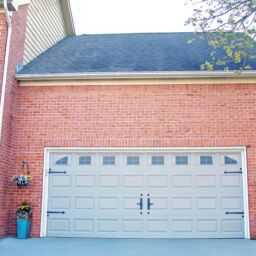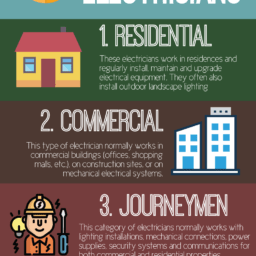Two major factors determine a lighting design: client needs and the existing light. When customizing a lighting environment, take into consideration the occupants of the space and their needs; the time(s) of day the space will be used most; the need for specialized lighting for collections or art objects; budget; and color scheme in the space.
Planned lighting for an interior means that the designer needs to plan enough electric lighting (artificial lighting) to supplement the daylight (natural lighting) in a space to fulfill certain purposes. Although most builders and architects are responsible for the orientation of a building on the site, a designer may have the opportunity to change or enhance the levels of natural light in various rooms to good effect. The first task of a designer in planning lighting is to make the best use of natural light, then supplement that with artificial light as necessary. Windows that admit a lot of natural light and rooms with badly placed artificial light may have direct or indirect glare. Direct glare results from a light source shining directly into a person’s eyes. The closer the light is, the stronger the glare. Indirect glare is the result of light reflecting off a shiny surface, such as a TV screen. Windows and how to ‘treat’ windows normally falls to the designer.
The orientation of the windows to the patterns of the sun’s movement must be considered carefully. Why is the artist’s studio placed on the north side? Why are windows with a southern orientation desirable? Why do rooms with an eastern and western orientation require a large degree of adjustability in terms of sun control? How does the sunlight orientation of a room impact the placement of furnishings? Remember that the clean, white light of a cloudless sky is not the only aspect of natural light. Daylight really ranges from pinks and violets to subdued grays. Bright daylight can wash out pale colors. Indirect sunlight in a room might call for lighter colors to brighten the space.
When developing a color scheme for a space or spaces with large window exposure, remember to incorporate daylight into your lighting scheme. Take time to make an evaluation of the geography, the exposure and the architectural features of a structure when planning for artificial lighting. Where direct sunlight occurs, a balance must be made between the resulting pleasant atmospheric effects, damage to materials, heat and glare. In hot climates, window films are often used to reduce the sun’s damage to interiors. These films have become increasingly useful and of good quality in past years.
Dark homes with small windows can be one of the biggest design challenges. Typically the more windows in a space, the more upscale it looks. Fortunately, windows can be changed. Well planned artificial lighting is most important in rooms with little natural light. Many designers develop a check sheet for lighting and, when possible, visit client spaces at the times of day when they will be used.
When planning artificial lighting, consider the purposes of the lighting carefully:
1) Visibility-enough light to see to do what will be done in that space. The amount of light needed for visibility depends on the tasks to be performed. So knowing how a space will function is crucial.
2) Mood Determination: Dim light, like candlelight, makes a space intimate and cozy, while bright light energizes and stimulates and sends the message that action and alertness are required.
3) Focal Point Determination: What do you want people who enter a room to see first? Brightly lit areas within an otherwise dim space can draw visual focus toward one area and away from another. Note: Focused light will increase the appearance of texture and highlight flaws in wall surfaces.
4) Utility Lighting: Lighting is required to ensure the safe movement of people within a space. Always provide lighting in areas of increased hazard-such as an unexpected step or along a staircase in a dimly lit theater.
5) Task Lighting: This is lighting for the purpose of performing specific tasks such as writing, computer work, sewing, drafting, painting or doing crafts.
The hanging overhead fixtures provide general light, and the table-mounted lamps provide task lighting. In most rooms, you will have at least these three types of lighting working in coordination with each other. Think in terms of lighting as a system-a group of parts that work together, and know the importance of using this concept to develop a lighting plan with interwoven layers. Each layer has unique responsibilities to accomplish certain light tasks and must work systemically with other layers.
AUTOPOST by BEDEWY VISIT GAHZLY


